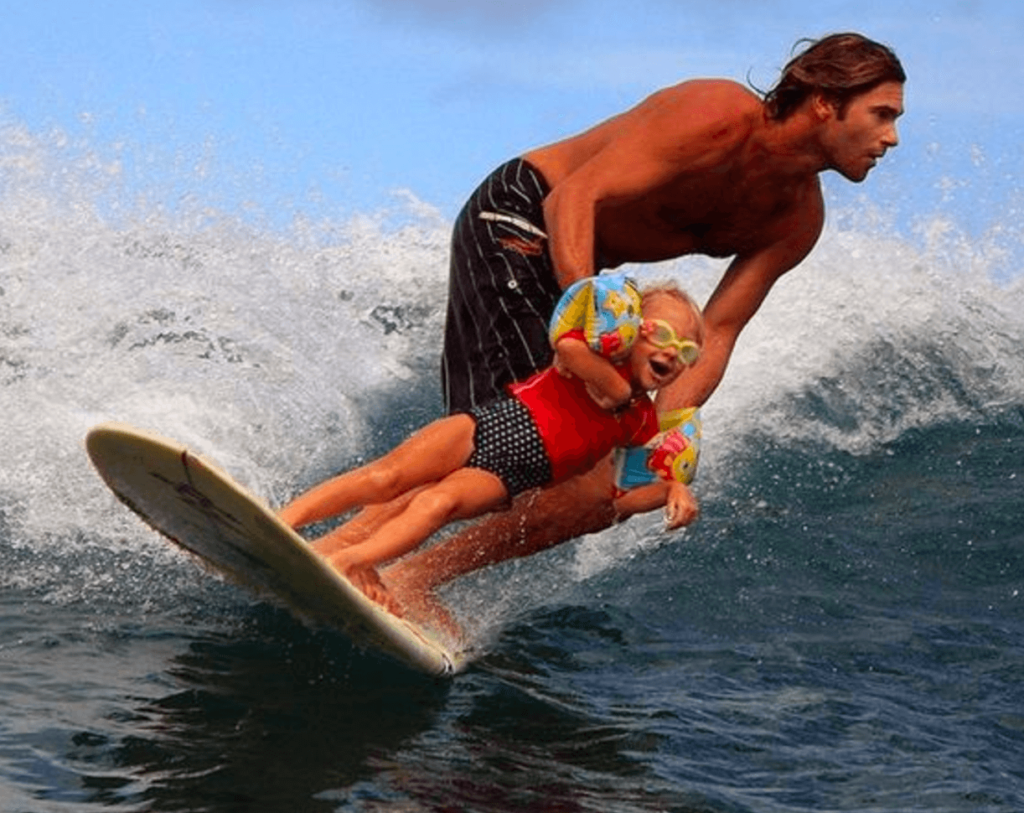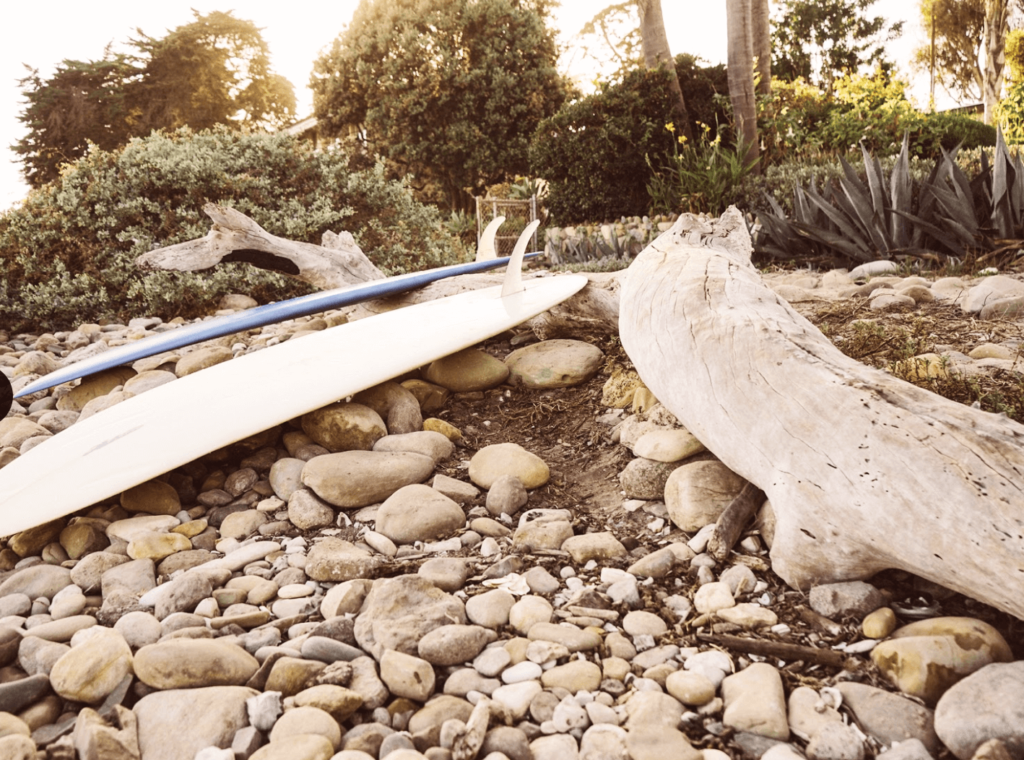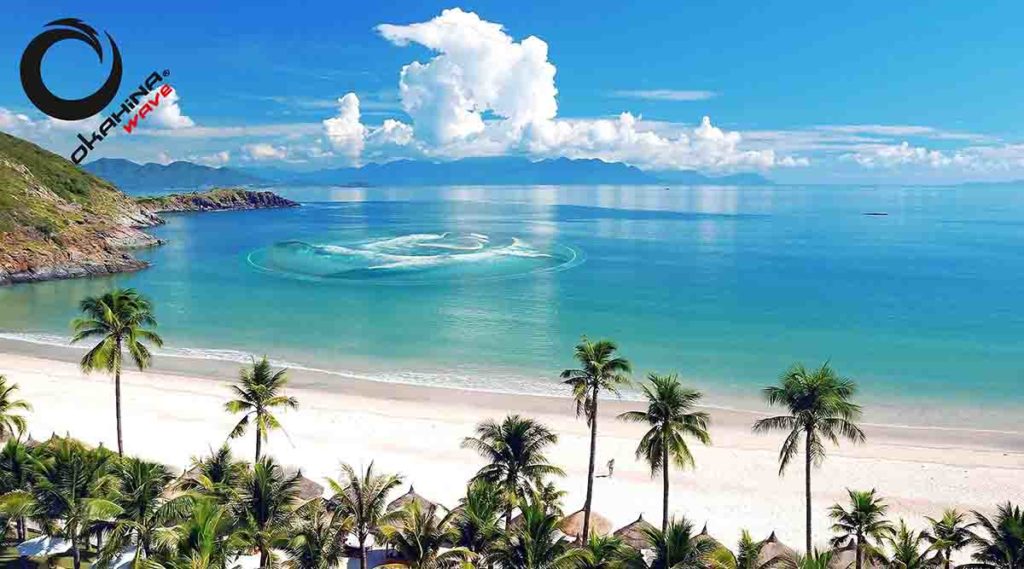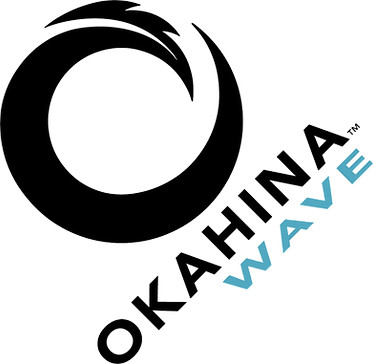
The reality of surfing does not always live up to the dream it has always represented. This gap will continue to grow. The beauty of surfing is not accessible to all. Its values, its symbolism, the surfer on the wave feeding off its energy and becoming part of its beauty is often a fleeting sensation compared to the journey needed to get there. At a surf spot, a surfer can already take pleasure in The Search (a long-standing campaign by Rip Curl), meaning the search for the perfect wave, waiting for the ideal conditions and then being in the right place at the right time. A surfer can already get huge personal satisfaction from simply slipping into the water and being at the line-up in an environment which is in itself amazing, the sea in motion. But he can easily lose heart through overcrowding, with too many surfers in the water fighting over the limited number of waves and their total unpredictability, sometimes even leading to localism and violence from some users thus excluding others. The best surfers get the best waves, whilst the others settle for the scraps. This is all too often the reality of surfing. In this context, a novice surfer can spend hours in the water without even succeeding. What’s more, “if women are gradually being represented more and more in surfing, it nevertheless remains a gendered activity, where masculinity still reigns” (Anne Sophie Soyeux, “Surfeur, l’être au monde”).

We could be satisfied with saying that’s just the way surfing is; that this initiation process, nay, even an epic voyage, is a sort of natural selection. Surfers have always been mindful of authenticity. But at a time when society increasingly advocates equal opportunities, a modern sport, a sport which is now Olympic, cannot reasonably provide evidence to the contrary. Surfing will always be a sport reserved for an elite possessing a specific skill set and ideally an appropriate philosophy, but unfortunately these two don’t always go hand in hand. We can strive to simultaneously make surfing a more open, more equal and more accessible sport. One which promotes values that are more feminine than masculine, as well as promoting altruism and compassion. Adopting these values could be so useful for humanity’s uncertain future.

The OKAHINA WAVE is moving in this direction. Surfing is too wonderful a sport, too symbolic to be diminished by this sort of negative selection which is found at a surf spot, providing a barrier to novices, children, women or simply anyone who feels they shouldn’t have to fight against others—both literally and figuratively—to reach a goal, no matter how desirable it is, in this case, riding a wave. An artificial wave “produced” by man will not intrinsically affect what surfing really is. It will not diminish it. Everyone will be able to choose how, where and when they surf. But in a context of surfing development, if we wish to admit that a sport that is so very insular is destined to stagnate, an artificial wave may open up surfing to whole new horizons.

We are striving for “Progress of the Mind”, it’s in the very DNA of OKAHINA WAVE, a value cherished by Stéphane HESSEL which he would like to see introduced in article 27 of the Universal Declaration of Human Rights, along with scientific progress. In surfing, a wave which “closes” is not a good wave. Surfers look for a wave which opens up, a wave which builds progressively, and on which they can progress. OKAHINA WAVE is definitely a wave which “OPENS UP”.
